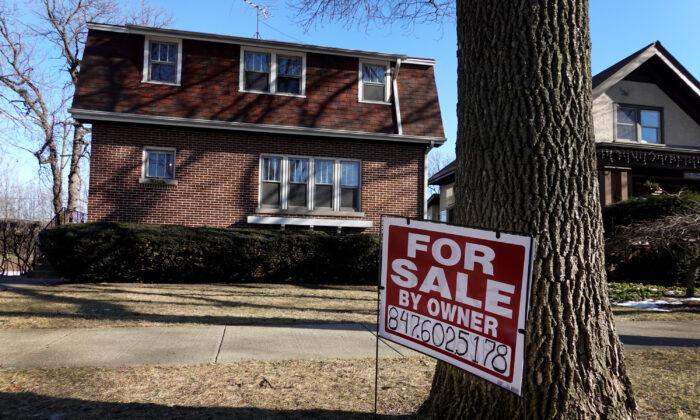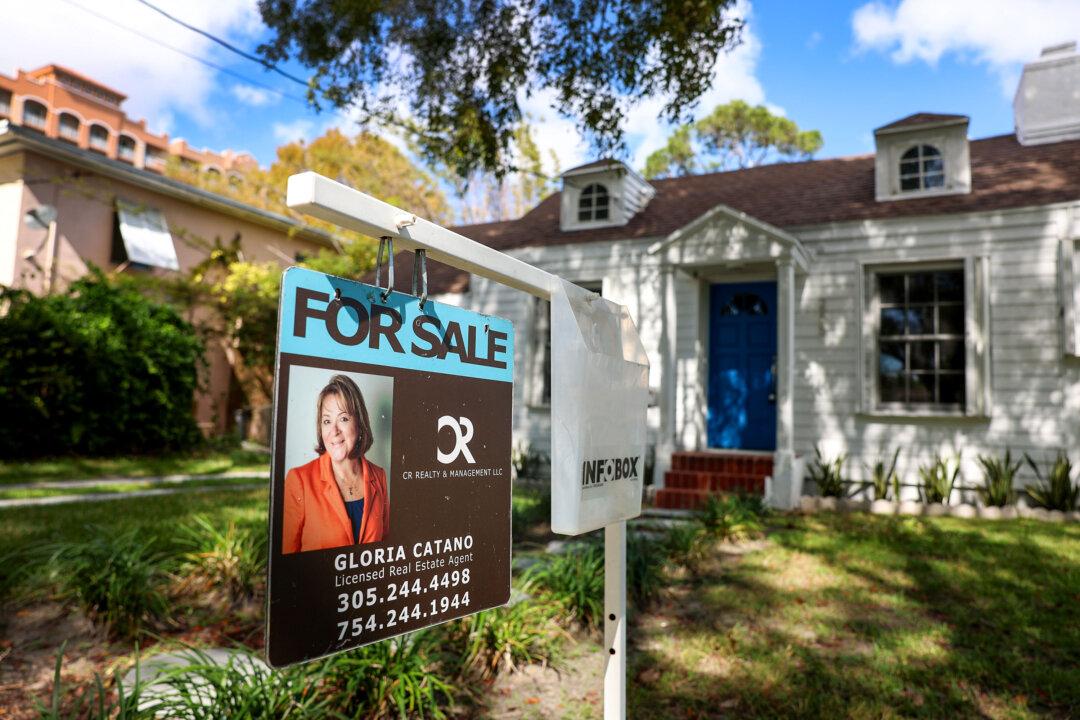Average long-term mortgage rates in the United States have jumped after almost a month of declines as the Federal Reserve looks all set to raise interest rates in its upcoming meeting.
A year ago, the interest rate on a 30-year fixed-rate mortgage was just 2.96 percent. Until April, the interest rate had not breached the 5 percent level in over a decade.
The MBA’s composite index, which measures the volume of mortgage applications, is at its lowest level in 22 years. Its refinance index is 75 percent lower than a year ago.
The mortgage rate hike comes as the Fed, having raised the benchmark interest rate by 50 basis points in May, prepares to meet next week and has indicated that more rate hikes might be coming at future meetings. With rising Fed rates, mortgage interest rates will also increase.
During spring 2020 at the time of the COVID-19 pandemic, applications had fallen by 40 percent but “came roaring back” soon. However, such a rebound is “unlikely” in the current environment, Kiefer said, adding that “neither is the very very slow recovery we saw in 2011.”
“After hitting almost $500k average conventional purchase mortgage loan sizes are moderating, though even if loan size is down about 8% from peak, it’s still up more than 25% from where it was at beginning of 2020,” he added.
“Higher loan sizes coupled with a surge in mortgage rates have obliterated affordability, taking average loan size and average interest rate, the implied monthly payment is up over 35% from a year ago (+ $670 per month in P&I payments),” Kiefer wrote.
According to Freddie Mac, the tapering demand might benefit buyers who are determined to purchase a house. Since the housing market is incredibly rate-sensitive, rising mortgage rates will lead to a pullback in demand.
“The material decline in purchase activity, combined with the rising supply of homes for sale, will cause a deceleration in price growth to more normal levels, providing some relief for buyers still interested in purchasing a home,” the organization said.





